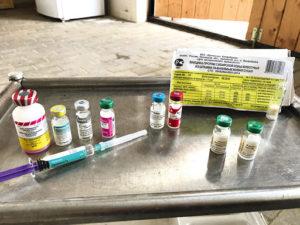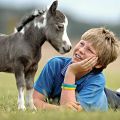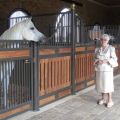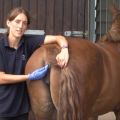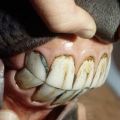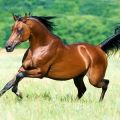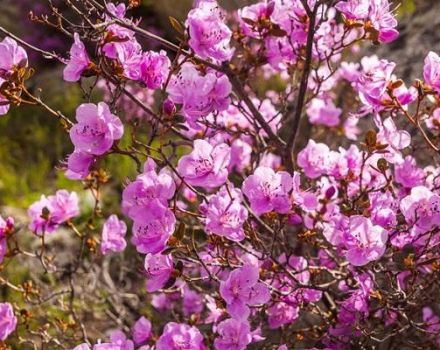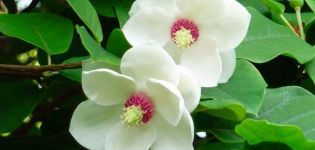How many horses can live at home on average, table of indicators
Hardy, graceful and loyal, horses are desirable pets for many owners. A miniature pony or a sophisticated aristocrat horse is quite capable of becoming for a person not only a domestic animal, but also a real true friend. And so that these friends delight with their presence as long as possible, it is useful to find out how long domestic and wild horses live?
Average lifespan of a horse
Equine researchers (hippologists) and horse breeders disagree about the lifespan of these animals. According to one opinion, these creatures live for 25-30 years. Other experts are sure that horses can live 35-40 years.

It should be understood that there is no single figure. It is impossible to compare an individual that grew up in the wild and a purebred horse that a loving owner carefully raises for exhibitions. The number of years lived for a stud stallion and a sport horse will also differ, although both are under human care. All things considered, horses can stay with their owner for 15-40 years. But by no means every animal is capable of living to such a venerable age.
In wild nature
A wild horse lives commensurately less than a domestic one. And all because wild individuals have to survive in a harsh climate, adapt to the vagaries of nature and protect themselves from predators. Unbroken mustangs feed poorly, especially in winter. Many individuals die from diseases and infections, since there is no one to treat these creatures.
Did you know? Of the wild foals born in a year, only 30% survive to maturity. The rest die from disease, predators, and injury.
The climate is also considered important. Horses living in warm regions live 10 years longer than those that have to survive in the vastness of the North. Here, many mustangs die before reaching the age of ten. On average, wild horses live 15-20 years. "Southerners" are able to live up to 25 years, and "northerners" - up to 15 or less.
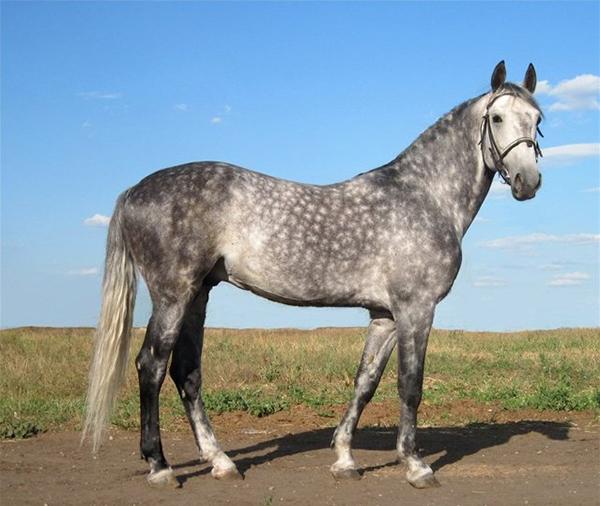
At home
Horses living next to humans are more likely to meet old age. After all, the owner takes care of their diet, protects from bad weather and heals diseases. The life expectancy of domestic individuals is about 20-25 years, with good care - 35-40 years.
What factors can influence longevity?
The longevity of domestic horses depends on a number of factors. This includes the quality of care for the animal, the conditions in which it is kept, and the degree of stress it carries out.
Conditions of detention and care
The longevity of the horse is very closely related to the conditions in which it is kept.The breeder must keep in mind several important factors:
- Dry and clean in the stable. Horses get sick faster when they are in a damp, dirty home. In these animals, the legs swell, the joints become inflamed.
- Teeth and hoof care. Failure to properly chew solid foods can lead to exhaustion and colic. The owner of an aging horse should pay special attention to its teeth. After all, by the age of 20, the teeth of an animal can wear out, which makes chewing food difficult for an elderly pet. To prevent these problems, your horse should be checked annually by a veterinarian. A specialist grinds horse teeth to prevent wear and tear. The hooves should be trimmed every 6-8 weeks. This is very important for horses whose hooves lack normal wear and tear.
- Fight against parasites. Horses often suffer from the presence of helminths. In the intestines of a horse, scars often remain in places where worms were attached to the tissues. As a result, the permeability of the intestine is narrowed, and the quality of food digestion becomes poor. If the parasites are not eliminated in time, their long stay in the animal's body can provoke serious problems, sometimes even fatal colic. For horses of any age, systematic deworming is important. It is best to check the schedule for this procedure with your veterinarian.

On a note. The pet horse should be checked regularly by a veterinarian. This applies not only to those cases when the animal is sick. The observation of a specialist every six months will help track the early signs of the disease. The veterinarian draws up vaccination and deworming schedules and recommends a diet if necessary.
Diet
High-quality nutrition is the key to the health and longevity of the horse. It is important to provide your pet with a balanced and nutritious diet. Traditional horse feeds are:
- green food in summer (freshly cut, slightly dried grass);
- high quality hay;
- grain crops (barley, oats);
- compound feed.

Breed
Representatives of different breeds of horses differ in their life expectancy:
- Thoroughbred horses. They can live for 30 years or more. Their longevity is often the result of the special care shown by the owner in relation to such a pet.
- Domestic work horses. If the loads placed on them are moderate, such individuals can live for 20-25 years.
- Harness breeds, ponies. Their life is usually characterized by regularity, and therefore lasts a long time - 30-38 years.
- Sports horses. It is impossible to predict their lifespan. These animals can live for 10 or 30 years. It all depends on the care of the owner, the intensity of the activity and the type of sport. The breeder is able to get too carried away by training, and the horse will begin to seriously hurt, get injured or die from overload.
Application of the animal and physical activity
A horse is an animal that must be constantly in motion. If the owner neglects this fact and leaves his pet in the stable for a long time, the horse's muscles may atrophy. Everyday outdoor walks are essential for horses, regardless of their age. As a result, the pet's muscles will always be in good shape, and the joints will remain flexible. It is especially important for young stallions to flex joints and muscles, to release accumulated energy. Such pets need to walk at least 2 times a day.

Passivity is dangerous for the horse, but physical overload is no less dangerous. Hard work shortens the life of the horse and undermines its health.
People use horses in a variety of activities:
- Sport. Horse riding is one of the most popular sports. But it is also considered one of the most dangerous for both the horse and the owner. Sport horses live relatively short lives in comparison with their domestic “brethren”.
- Work in the field.In villages, horses are still used as draft animals for agricultural work. If the tasks performed are not too heavy for the horse, and the owner does not overload it excessively, such animals may well meet deep old age.
- Mounted police. In some states, horses are paired with police officers. Such work is fraught with risk, like the work of the police themselves.
- Hippotherapy. Contact with horses is often used to restore the mental state of disabled and autistic children. These horses are usually cared for and do not do the hard work.
- Breeding breeding. The highest caste of horses and mares, used to produce offspring.
Determining the age of a horse
Breeders and horse lovers who plan to buy an adult animal must be able to determine the age of the future pet. This procedure is not the easiest one and sometimes requires the consultation of a specialist.

The most important criterion for determining the age of a horse is the condition of its teeth. For an accurate diagnosis, you should know the features of their appearance and placement:
- White milk teeth are gradually replaced by permanent ones by 2.5-5 years. The latter have a yellowish cream shade. The teeth of individuals 20 years old and older gradually turn brown.
- Long, coarse hairs on the nose and around the lips are found in horses and mares over 10 years of age.
- After 5 years, horse teeth begin to tilt and grow at an angle. In individuals of advanced age (from 20 years), the angle of inclination becomes more and more acute.
- In a horse over 12 years old, the shape of the incisors on the lower jaw changes - they become more rounded. After 15 years, the incisors gradually take on a triangular shape.
You should also pay attention to the features of the animal's appearance:
- Tight skin, absence of folds, lumpy muscles, shiny coat - a horse or mare is not more than 12 years old.
- Sealed joints hint either to a horse's injury or to its venerable age. The first case can be traced - when walking, the horse will experience pain.
- Protruding ears and drooping lips mean that the horse will soon meet old age.
Horse's age by human standards
The ratio of human and horse years is a relative and average concept. You can calculate the number of horse years in relation to human years by referring to the table:

| Person | Horse |
| 12 years old | 1 year |
| 19 years old (+7 years from the previous year) | 2 years |
| 31 years old (+4 years every year) | 3, 4, 5 years old |
| + 2.5 years every year | 5 and more years |
It is easy to calculate that the age of a twenty-year-old horse by human standards will be 68 years old.
Record cases of longevity
The most famous long-liver among horses is Old Bill who lived in the 19th century. This animal, being an outbred draft hard worker, managed to live up to 62 years. The record holder of the XXI century is the mare Pushinka, who died in 2007, reaching 57 years old.
In 1919, a French pony gave birth to a foal at 42 and died 4 years later - at 46. The father of the foal from which she gave birth to the pony was 54 years old. This pair also did not belong to the elite purebred breeds. The representative of the Austrian purebred breed - Duke of Tango - lived up to 42 years.

